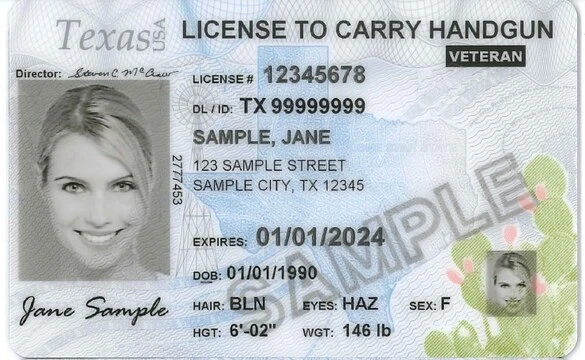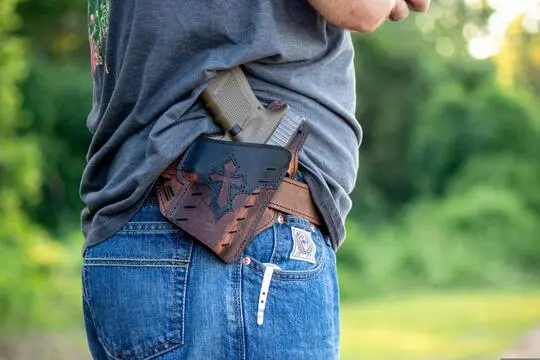When choosing the safest handgun for self-defense, home protection, or concealed carry, safety is a primary concern. Two of the most popular types of handguns are revolvers and semi-automatic pistols. Both have their own sets of advantages and disadvantages when it comes to safety. This article synthesizes information from various sources to provide a comprehensive comparison of the safety aspects of revolvers and semi-automatic pistols, helping you determine which might be the safest handgun for your needs.
Differences Between Revolvers and Semi-Automatic Pistols
Revolvers
Revolvers are known for their simplicity and reliability, making them a strong candidate for the safest handgun. They have a rotating cylinder that typically holds five to eight rounds. When you pull the trigger or cock the hammer, the cylinder rotates to align the next chamber with the barrel, readying the gun for firing. Revolvers can be categorized into three main types:
- Single Action Only (SAO): The hammer must be manually cocked for each shot, resulting in a lighter trigger pull.
- Double- and Single-Action (DA/SA): The trigger can either cock and release the hammer in a single pull (double-action) or the hammer can be manually cocked for a lighter, single-action pull.
- Double Action Only (DAO): The hammer is internal and the trigger pull is used to cock and release the hammer, providing a consistent trigger pull for each shot.
Semi-Automatic Pistols
Semi-automatic pistols use the energy from firing a round to eject the spent cartridge, cock the hammer or striker, and load a new round from the magazine into the chamber. They can hold more rounds than revolvers and are quicker to reload, which might influence their consideration as the safest handgun. Types of semi-automatic pistols include:
- Single Action Only (SAO): Often carried "cocked and locked" with the hammer cocked and a safety engaged.
- Double- and Single-Action (DA/SA): The first shot is double-action, with subsequent shots being single-action.
- Striker-Fired: Uses a striker instead of a hammer, typically providing a consistent trigger pull.

Safety Aspects
Ease of Use
Revolvers: Generally easier to operate with fewer controls and simpler mechanics, making them a good choice for beginners looking for the safest handgun. There are no safety catches or slide stops to manipulate, and the status of the gun (loaded or unloaded) is easily visible.
Semi-Automatic Pistols: Require more training to handle safely due to multiple controls like safeties, magazine releases, and slide stops. They also need more maintenance to ensure reliability, especially under stressful conditions. However, with proper training, they can also be considered among the safest handguns.
The ease of use winner is: Revolvers
Reliability
Revolvers: Highly reliable with minimal chances of malfunction, which is a key factor in being the safest handgun. Even if a round misfires, pulling the trigger again will rotate the cylinder to the next round. Revolvers are less likely to jam and can be fired from inside a pocket or through clothing without malfunctioning.
Semi-Automatic Pistols: More prone to malfunctions such as jams and misfires, especially if not properly maintained or if poor-quality ammunition is used. They require more frequent cleaning and lubrication. Despite this, many modern semi-automatics have become highly reliable and can be considered safe with proper upkeep.
The reliability winner is: Revolvers
Safety Mechanisms
Revolvers: The long, heavy trigger pull of double-action revolvers acts as a safety feature, making accidental discharges less likely. Modern revolvers also have internal safety mechanisms to prevent firing unless the trigger is fully pulled, enhancing their status as some of the safest handguns.
Semi-Automatic Pistols: Equipped with various safety mechanisms such as manual safeties, grip safeties, and internal drop safeties. However, these require the user to be familiar with their operation to ensure safety. Proper knowledge and handling can make them some of the safest handguns available.
The safety mechanisms winner is: Semi-Automatic Pistols
Reloading
Revolvers: Slower to reload, which can be a disadvantage in high-stress situations. Speed loaders can assist but still do not match the speed of swapping a magazine in a semi-automatic pistol. This might affect their consideration as the safest handgun in a defensive scenario.
Semi-Automatic Pistols: Faster and easier to reload with detachable magazines. Higher capacity magazines mean fewer reloads are needed, which can be a significant advantage in a self-defense situation, potentially making them the safest handgun choice for some users.
The reloading winner is: Semi-Automatic Pistols
Safest Handgun: Both
Both revolvers and semi-automatic pistols can be considered among the safest handguns when used correctly. The choice between the two depends on the user’s preference, experience, and comfort level with the firearm. Revolvers offer simplicity and reliability, making them ideal for those who prefer straightforward operation. Semi-automatic pistols provide higher capacity and quicker reloading, which can be advantageous in certain situations. Regardless of the type, proper training and adherence to safety protocols are crucial for safe firearm handling.
Ultimately, it comes to user preference. Each type has advantages and drawbacks, and each will accel in certain scenarios. With experience and practice, a gun owner could do well with either - and it is the opinion of Carry Texas that gun owners should familiarize themselves and become proficient with BOTH.



